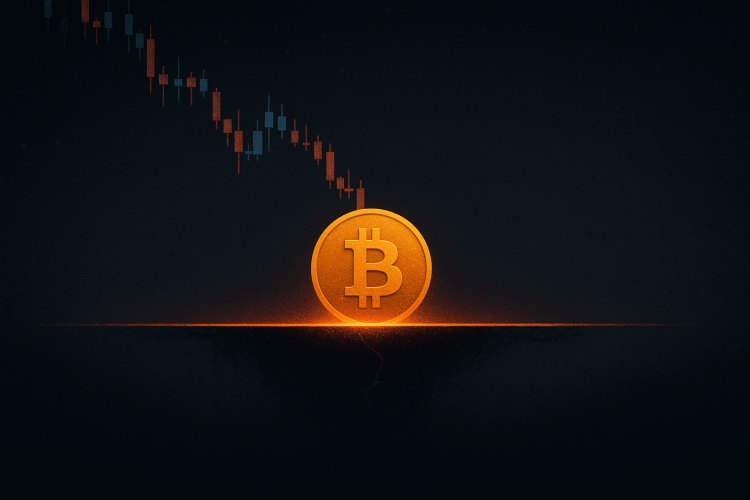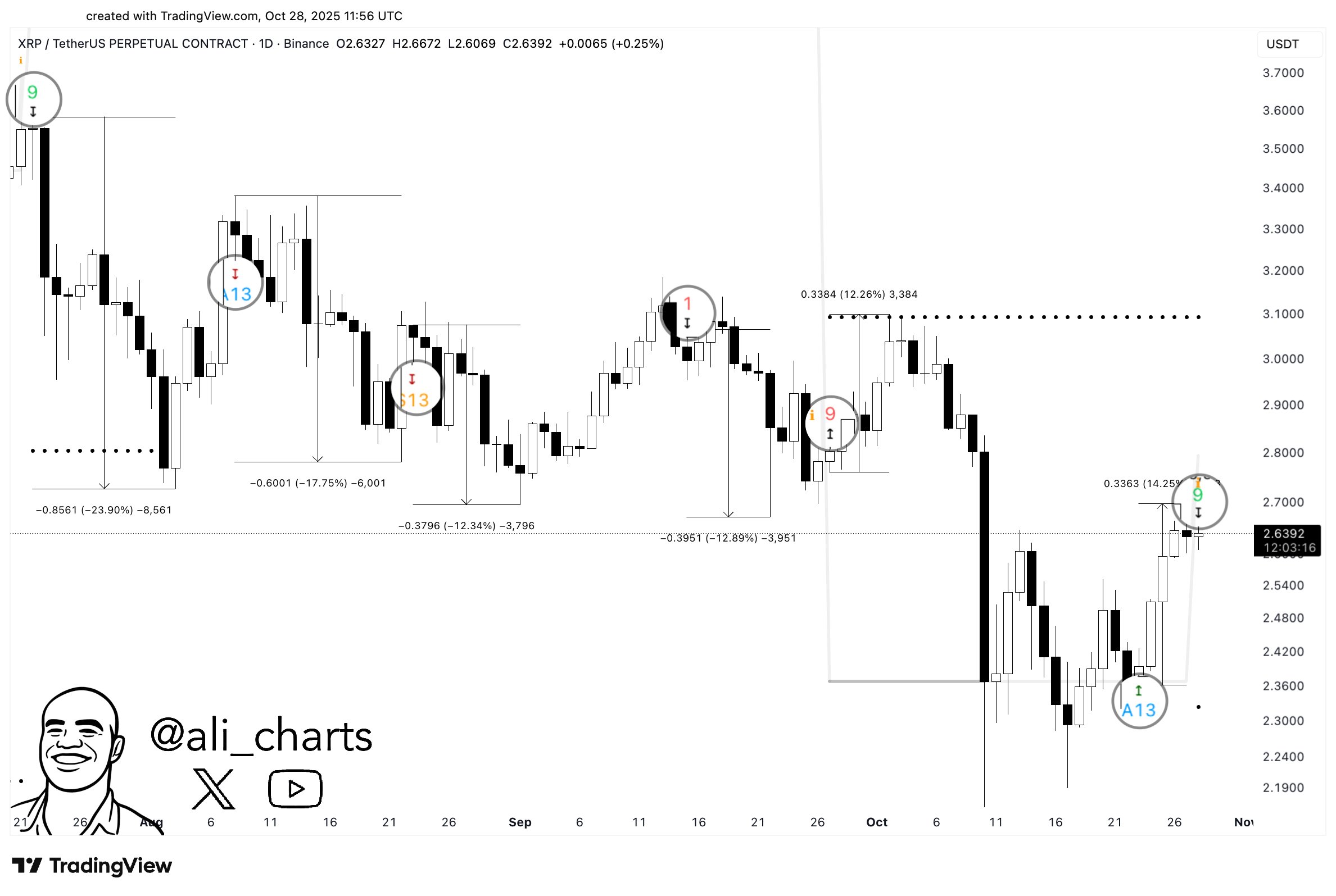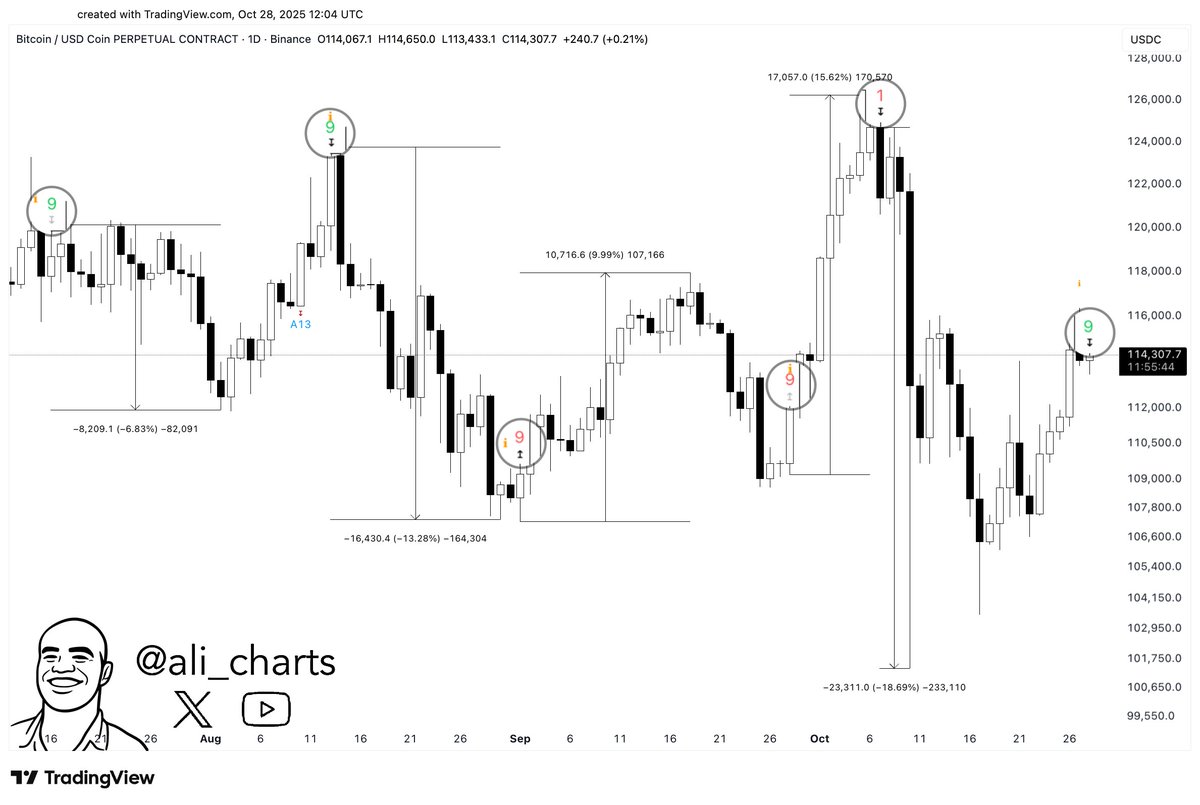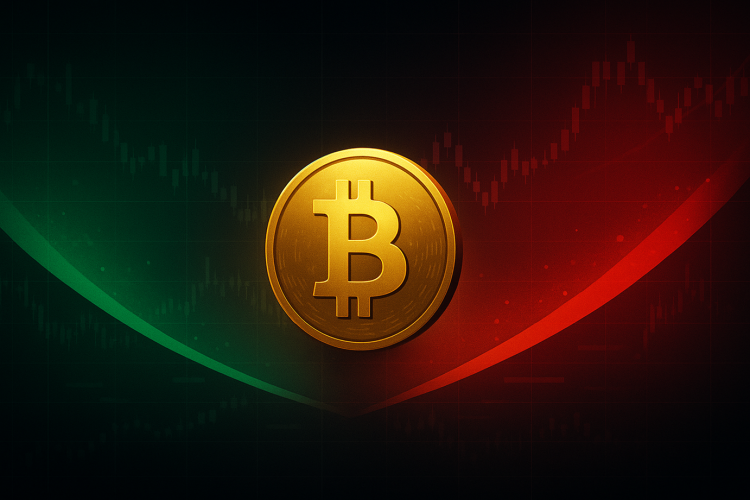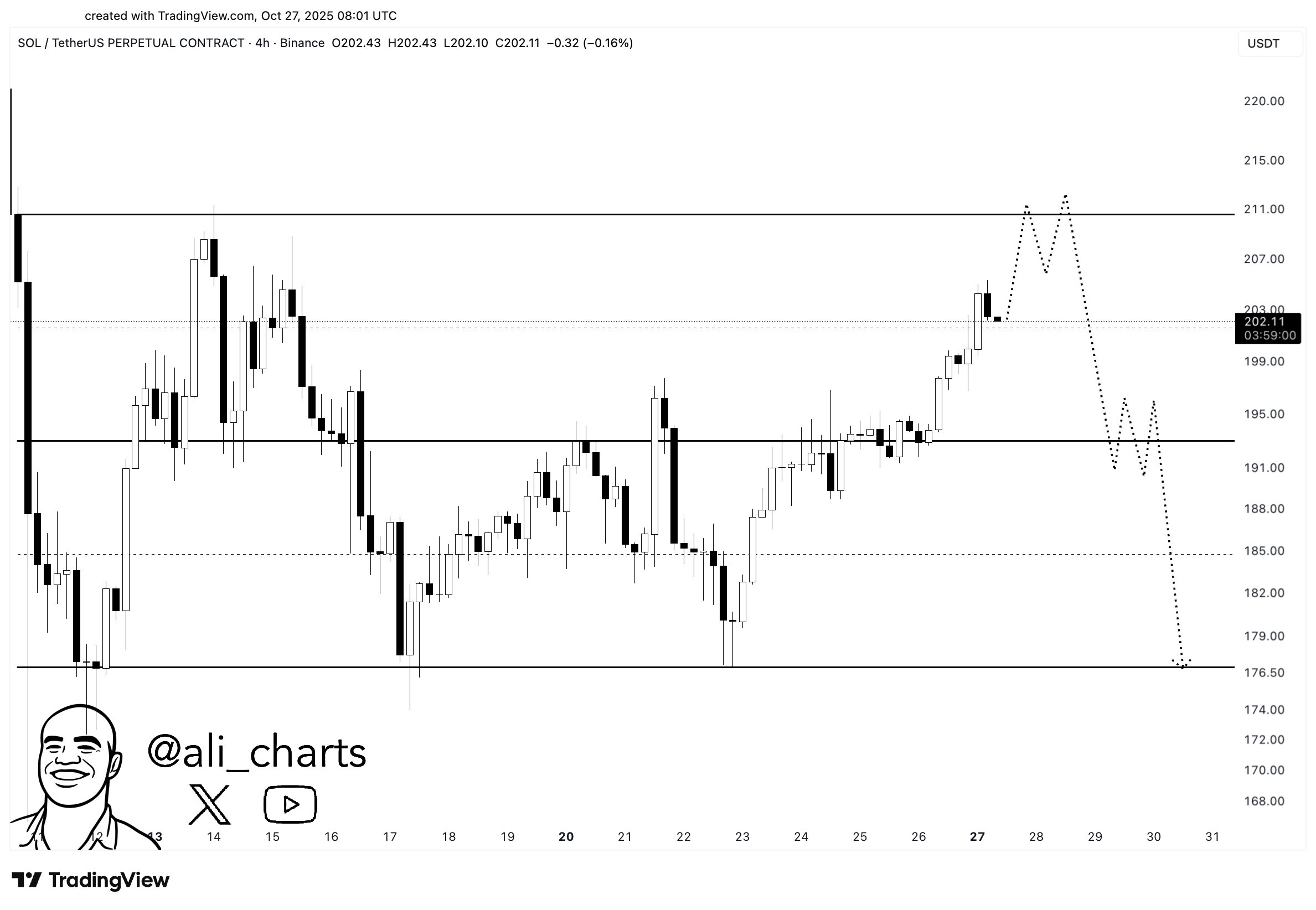Bitcoin Struggles To Hold Key Support: Could $88,000 Be Next?
Bitcoin has struggled to reclaim the short-term holder Realized Price, a key on-chain level. Here’s where the next major support line lies for the asset.
Bitcoin Has Again Dipped Below STH Realized Price
In its latest weekly report, on-chain analytics firm Glassnode has discussed about some key Realized Price levels for Bitcoin. The “Realized Price” here refers to an indicator that measures the cost basis of the average investor or address on the BTC network.
When the metric is trading above the asset’s price, it means the holders as a whole are sitting on a net unrealized profit. On the other hand, it being below the spot BTC value implies the dominance of loss on the blockchain.
The Realized Price of the entire network is generally not useful, as often, the cryptocurrency’s price trades significantly over it. The reason behind this lies in the fact that a notable part of the asset’s supply has been dormant for years, possessing a cost basis far below today’s price.
In fact, a chunk of this dormant supply will never return to circulation, as the wallets holding such tokens have had their keys become permanently inaccessible. To account for this, Glassnode came up with the “Active Realized Price,” a metric that only tracks the cost basis of the supply that can be considered economically active.
Below is the chart shared by the analytics firm that shows how the Realized Price and Active Realized Price of Bitcoin have changed since the last bull market.

As is visible in the graph, Bitcoin last interacted with the Realized Price in 2023. Since finding a rebound at it back then, the coin has only moved away from the line.
The cryptocurrency has been trading much closer to the Active Realized Price since breaking above it in late 2023, but even in its case, the gap is still notable. A version of the indicator that BTC regularly interacts with, however, is the third type listed on the chart: the short-term holder cost basis.
Short-term holders (STHs) refer to the Bitcoin investors who purchased their coins within the past 155 days. This cohort represents the recent buyers, who can be reactive to changes in the market.
The Realized Price of the group, which is often considered a divider between bullish and bearish trends, is currently located at $113,100. Bitcoin first fell below this mark during its crash earlier in the month, but the recovery surge took it back above the line. Though the latest retracement has once again brought the asset under it.
“Over the past two weeks, Bitcoin has struggled to close a weekly candle above this key level, raising the risk of further weakness ahead,” noted Glassnode. The next on-chain support level is the Active Realized Price, currently valued at $88,000.
It now remains to be seen whether BTC can recover above the STH Realized Price, or if a deeper correction is coming.
BTC Price
Bitcoin has fallen by nearly 3% during the past day, with its price coming down to the $109,900 level.
